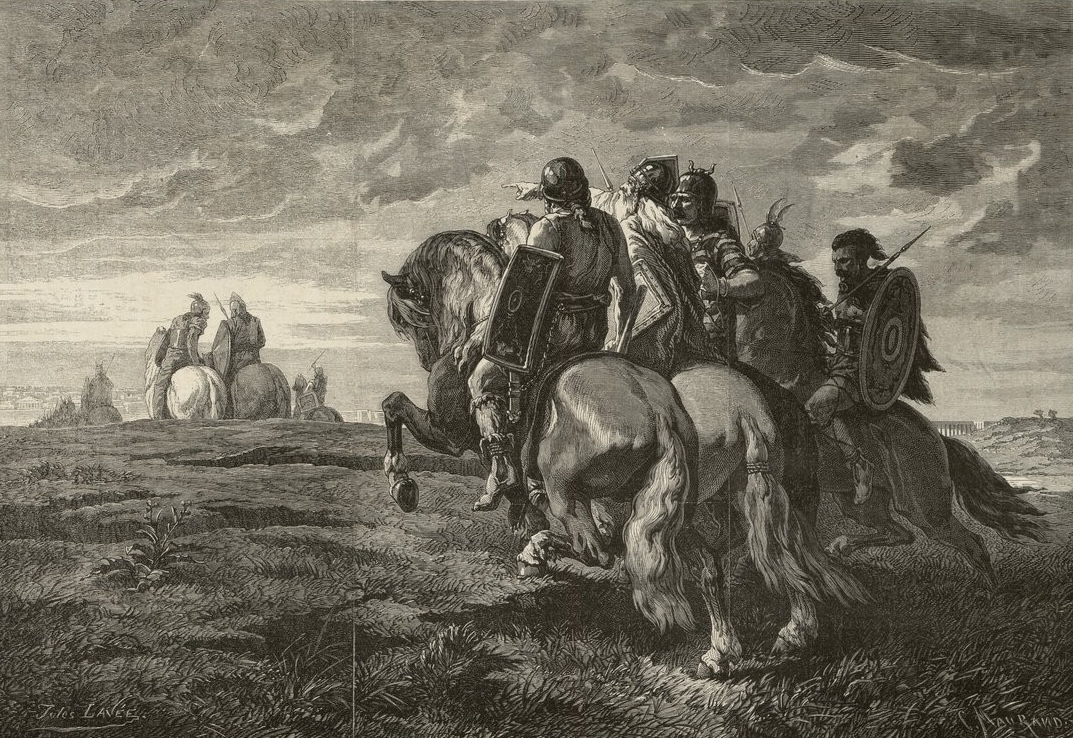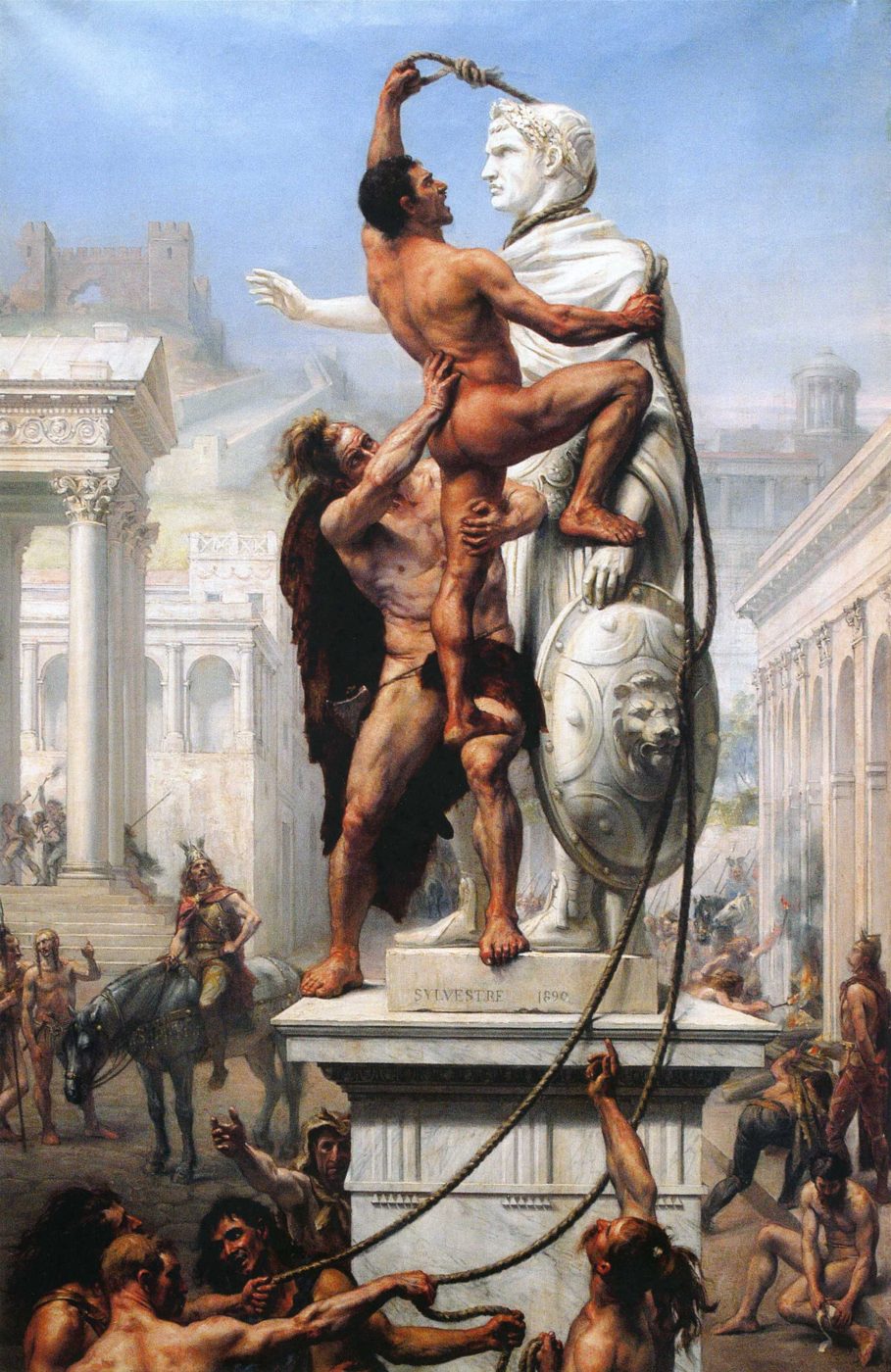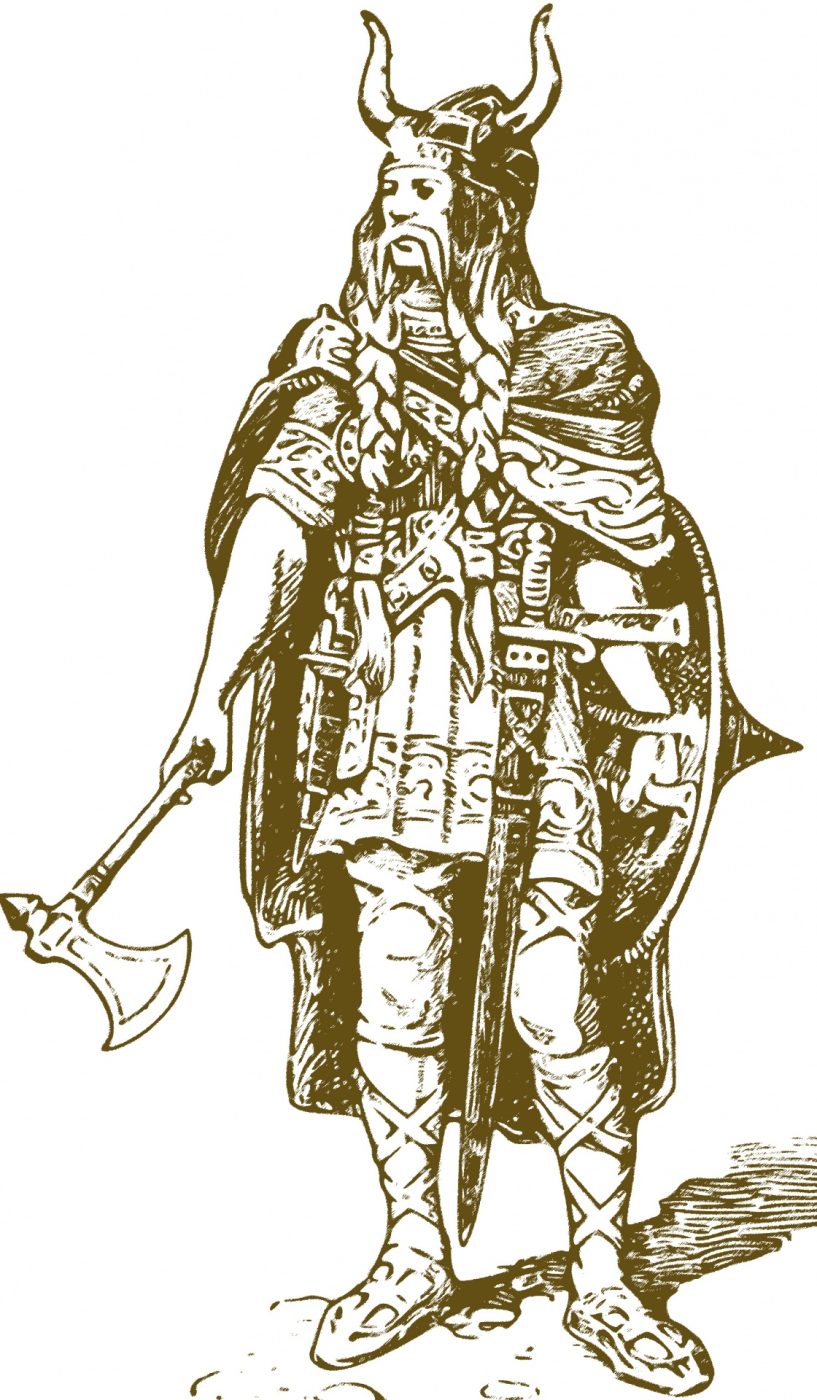The Barbarian Invasions, a term that has echoed through the annals of history, refers to the waves of migrations and invasions that the Roman Empire faced during its decline. These events, spanning from the 4th to the 6th century AD, were pivotal in shaping the course of European history. But who were these so-called “barbarians”? And why did they invade? Delving into this transformative era, we’ll explore two contrasting perspectives on these invasions, offering a comprehensive understanding of this monumental shift.
Barbarian Perspective: Diverse Groups Seeking a Better Life Inside the Empire
From the vantage point of the barbarians, the term itself is a misnomer. “Barbarian” was a label used by the Romans, often in a derogatory manner, to describe non-Roman tribes. These groups, including the Visigoths, Vandals, and Huns, among others, were not a monolithic entity but a mosaic of diverse cultures, languages, and traditions.
Many of these groups were pushed westward due to climatic changes, overpopulation, and pressure from other tribes. The Roman Empire, with its vast territories, advanced infrastructure, and relative stability, was an attractive destination. For many, the goal was not to destroy Rome but to become a part of it. They sought the economic opportunities, security, and prosperity that the empire offered.
However, integrating such a vast number of people presented challenges. The empire’s administrative and military structures were strained, and cultural clashes were inevitable. Yet, it’s essential to remember that many of these “invaders” adopted Roman customs, religion, and even served in the Roman army.

Perspective: Hostile Forces Contributing to Rome’s Downfall
On the flip side, there’s no denying that some barbarian groups had hostile intentions. The sacking of Rome by the Visigoths in 410 AD and later by the Vandals in 455 AD are testaments to the destructive potential of these invasions. From this perspective, the barbarian incursions were not just migrations but aggressive acts that destabilized the empire.
The empire, already weakened by internal strife, economic challenges, and a declining military, struggled to repel these invaders. The constant pressure from external forces exacerbated Rome’s vulnerabilities, leading many historians to argue that these invasions were instrumental in the empire’s eventual collapse.
Yet, it’s worth noting that Rome had faced external threats before and had often emerged stronger. The difference this time was the sheer magnitude and frequency of these invasions, combined with Rome’s internal challenges.
In Conclusion
The Barbarian Invasions, a term that encapsulates a complex and multifaceted era, is more than just a story of conquest and decline. It’s a tale of migration, integration, conflict, and transformation. While some barbarian groups sought integration and a better life within the empire, others undeniably contributed to Rome’s downfall. Understanding these dual perspectives allows us to appreciate the depth and nuances of this significant historical shift.
The Sack of Rome by the Visigoths: A Turning Point in the Barbarian Invasions
In the annals of history, few events resonate as profoundly as the sack of Rome by the Visigoths in 410 AD. This event, a pivotal moment during the Barbarian Invasions, marked the first time in 800 years that the city of Rome had fallen to a foreign enemy.

The Prelude: A People on the Move
The Visigoths, originally a Germanic tribe, were on the move due to pressures from the Huns in the East. Seeking refuge, they initially formed an uneasy alliance with the Roman Empire. However, mistreatment and broken promises from Roman officials led to rising tensions.
The Siege and the Sack
Under the leadership of their dynamic king, Alaric, the Visigoths marched towards Rome. In 410 AD, after a brief siege, they breached the city’s walls. What followed was three days of plunder. However, contrary to many sacks, the Visigoths showed relative restraint. While they took treasures and destroyed several buildings, many of Rome’s iconic structures and its Christian sites were left unharmed.
The Aftermath and Significance
The sack sent shockwaves throughout the Roman world. It shattered the invincibility aura of the eternal city. While the Western Roman Empire would linger for a few more decades, the sack of Rome by the Visigoths was a clear sign of its waning power.
1. How did the Barbarian Invasions influence European languages and cultures?
The Barbarian Invasions played a pivotal role in shaping the linguistic and cultural landscape of Europe. As various tribes settled in different regions, their languages merged with Latin, leading to the evolution of the Romance languages like Spanish, French, and Italian. Moreover, the Germanic, Celtic, and Slavic tribes introduced their cultural practices, traditions, and words, enriching the European cultural tapestry.

2. What role did the Roman military play during the Barbarian Invasions?
The Roman military, once the epitome of discipline and might, faced significant challenges during the Barbarian Invasions. Declining resources, internal strife, and the need to defend vast borders stretched the military thin. Interestingly, the Romans often incorporated barbarian warriors into their ranks, both as allies and mercenaries, reflecting the complex relationship between the empire and the invading tribes.
3. Were there any positive outcomes for Europe as a result of the Barbarian Invasions?
While the Barbarian Invasions are often associated with destruction and decline, they also paved the way for new political, social, and economic structures. The feudal system, which became the backbone of medieval Europe, has its roots in this period. Additionally, the blending of Roman and barbarian cultures led to a rich tapestry of art, architecture, and thought, laying the groundwork for the European Renaissance.
4. How did the Barbarian Invasions impact the Eastern Roman Empire or Byzantium?
The Eastern Roman Empire, also known as Byzantium, was more resilient to the Barbarian Invasions than its western counterpart. While it faced threats, especially from the Huns and later the Ostrogoths, its fortified capital, Constantinople, and robust military structures allowed it to repel many invasions. The empire not only survived but also thrived, preserving classical knowledge and serving as a bridge between the East and West.
5. How did the Barbarian Invasions contribute to the rise of Christianity in Europe?
The Barbarian Invasions played an unexpected role in the spread of Christianity. Many barbarian tribes, upon entering Roman territories, converted to Christianity, albeit their own versions like Arianism. Over time, as these tribes settled and established kingdoms, they adopted orthodox Christianity, leading to its deeper entrenchment in European society and politics.


